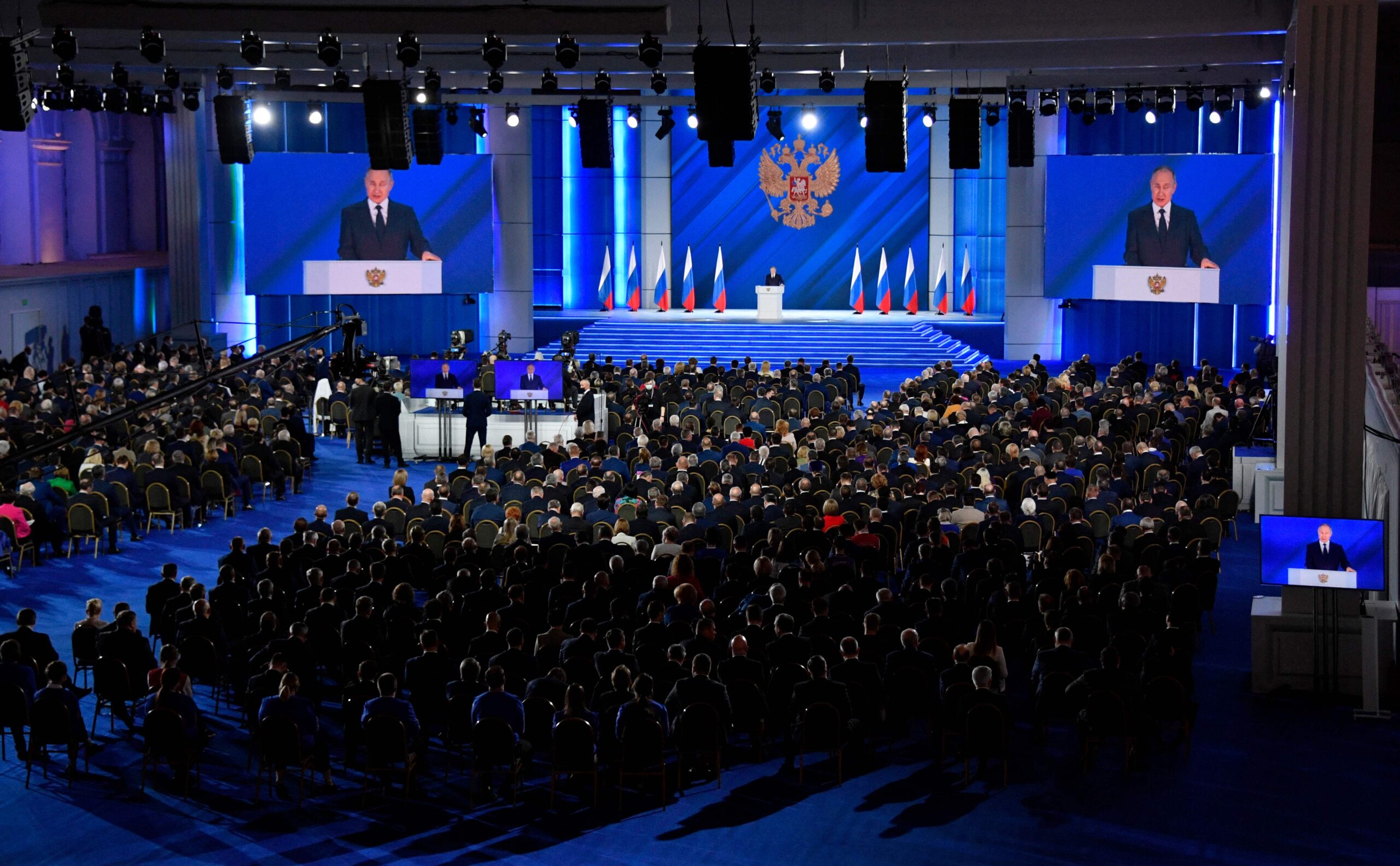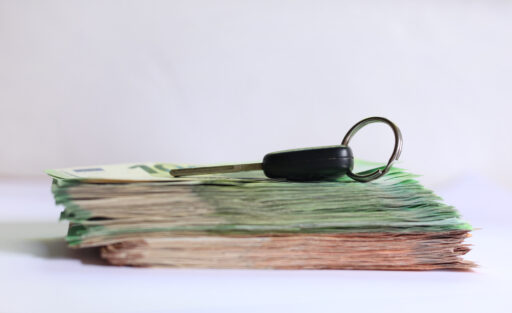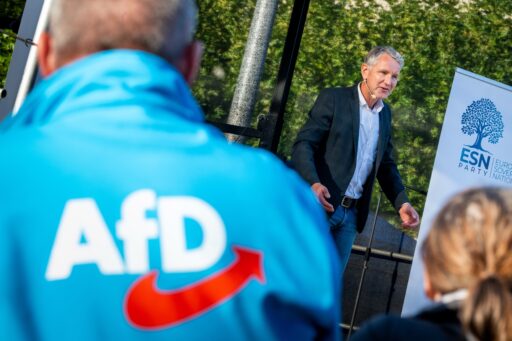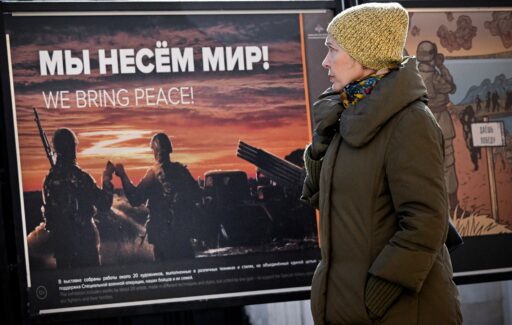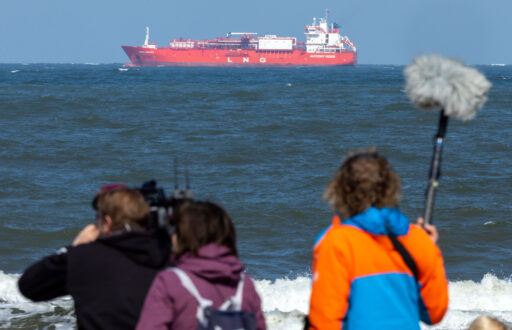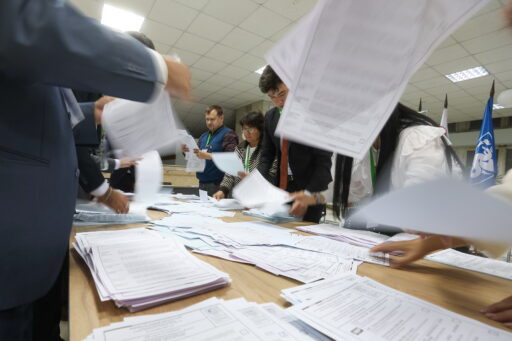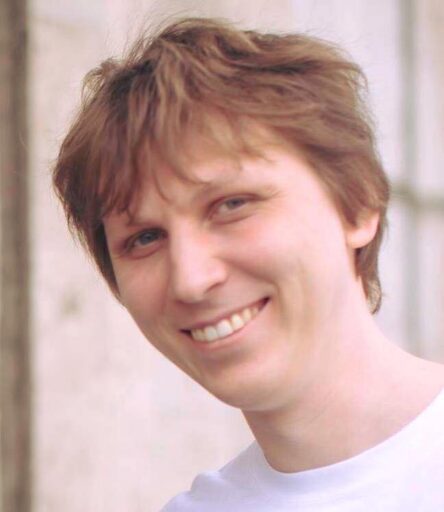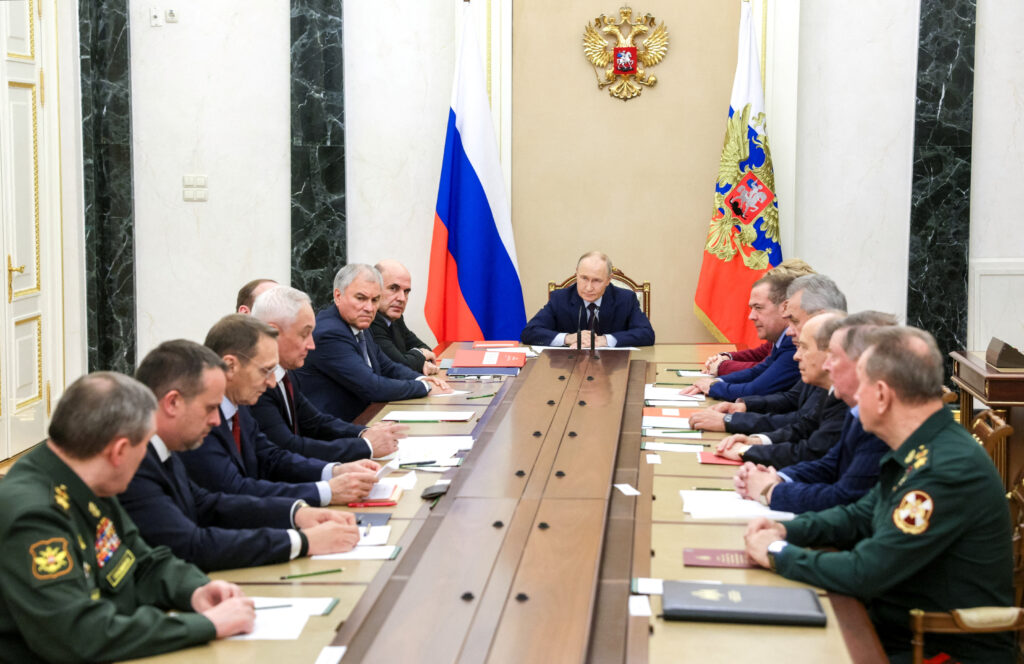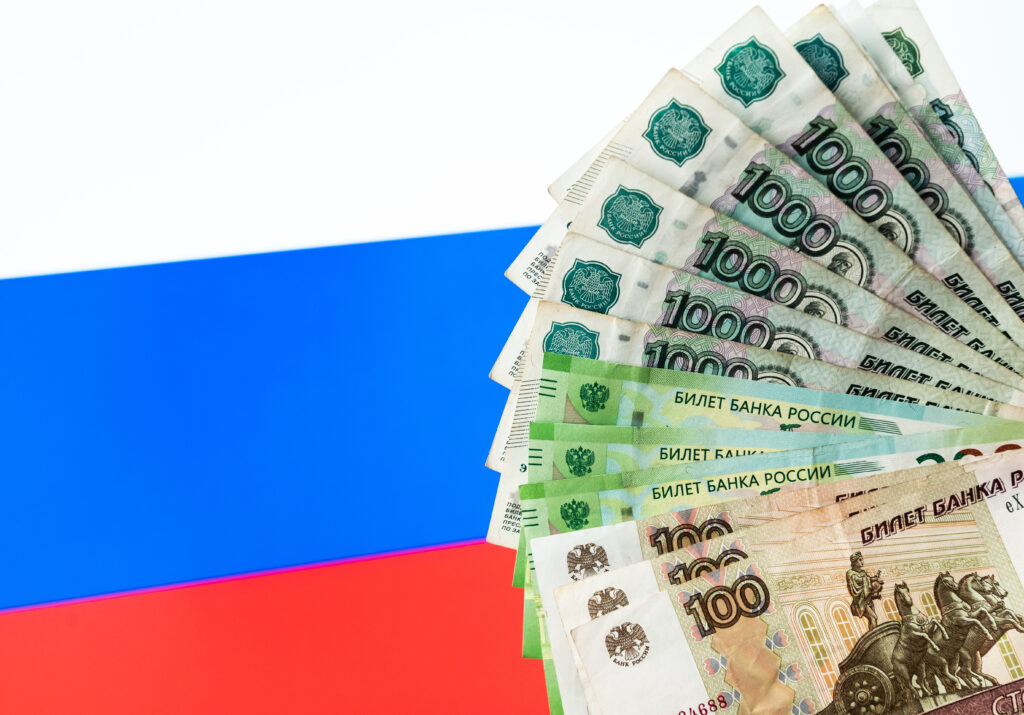The open military invasion into Ukraine, which began in late February 2022, became a crisis for the Russian political system in many ways. In particular, after the launch of the ‘special operation’, some voices were heard among the Russian elite expressing disagreement with the Kremlin’s policies. The degree of openness in such comments varied. There were the public statements by former Deputy Prime Minister Arkady Dvorkovich, the unexpected departure of Anatoly Chubais from the country, and the attempt by Central Bank Governor Elvira Nabiullina to resign from her post. In private conversations with journalists, high-ranking officials spoke of the fear and discouragement that prevailed in the corridors of power.
By March, one could already notice public arguments, sometimes carried out indirectly, between supporters of different views on the protracted Ukrainian campaign. For example, Ramzan Kadyrov first criticised Vladimir Medinsky, who headed the Russian delegation at the negotiations with Ukraine, for ‘incorrect wording’ regarding Moscow’s readiness to take steps towards de-escalation after the 29 March meeting in Istanbul, and then blamed Dmitry Peskov for having a ‘somewhat immature’ scale of priorities shown by the presidential Press Secretary.
This diversity of opinions, publicly manifested against the backdrop of the Ukrainian disaster, provides another opportunity to revisit the structure of the Russian ruling elite and try to understand the potential or actual disaccords that exist within it. Some of these splits can be traced and even measured against open-source data. There is no need to have access to some special insider information to notice that Putin’s elite was not at all monolithic in its ideological tenor even before February 2022.
Radical statehood-mindedness and radical eleftherism
It might seem that after 2014 an almost official ‘neo-conservative’ ideology established itself in Russia, levelling out not only the differences between the political views of individual officials, but even making the parties present in the Duma almost indistinguishable from one another. This is partly true. At the same time, however, a careful analysis of public speeches delivered by various members of the Russian elite shows that there are quite clear ideological differences between them, noticeable thanks to the typical argumentation lines used by various speakers.
However, any attempt at an analysis might stumble upon an obstacle. The problem is that the ideological scales which have become established in political studies sometimes do not work well with texts taken from the Russian context. For example, the conventional division between left wing and right wing of the ideological spectrum is not always fully applicable to Russian political life. This division is based on a particular importance of the socio-economic component of ideologies whereas it overlooks other nuances, sometimes more significant in the case of Russia (such as the divisions over attitudes towards ‘the West’, to pre‑revolutionary Russia, to the Soviet project, or to the nature of the ethno-national system in the contemporary Russian system of government). Therefore, in order to understand the different shades of the ideological spectrum of the Russian elites, it sometimes makes sense to look for different approaches to mapping — ones that have been developed with Russian singularities in mind.
One such approach might be to begin with an ideological position which may be called ‘radical statism’. The essence of this position can actually be described by a single basic idea, namely ‘the state is above anything else’. Within this ideological position, the only things that are good and right are those which benefit the interests of the state or emanates from the state whereas anything that may harm the state is considered bad and wrong. This statehood-minded way of thinking, along with the accompanying type of argumentation, manifests itself widely in the Russian political discourse. However, radical statism in its pure form is so extreme that it is extremely rare even in contemporary Russia.
Well, what can we see at the opposite end of the spectrum? As an antipode to radical statism, we might consider something like radical liberalism, democratism or even anarchism. However, also here we would need a caricature rather than truly existing forms of liberalism, anarchism or democracy. Let us label this pole as ‘radical eleftherism’ (from the Greek word eleutheríā – ‘freedom’). The central idea of eleftherism can be formulated as ‘human freedom above anything else’. Accordingly, radical eleftherism believes that anything that promotes the rights, freedoms and interests of individual citizens and voluntary civil associations is good and right, whereas anything that prevents this is seen as bad and wrong.
Six shades of Putinism
Now, let us imagine that we have outlined the ideological scale from radical statism to radical eleftherism. Our task now is to understand where the various representatives of Russia’s ruling elite are positioned along this axis. We can do this by assessing the proportion of statism-based or eleftherism-based arguments used by various speakers in their speeches (for a more detailed description of the methodology used here, please refer to this article in the Demokratizatsiya journal).
Hardly any member of the Russian elite uses just one of these two types of arguments, so we need to calculate the proportion of these two types of arguments in their texts and speeches to place each speaker on the axis between the two extremes. The results of this analysis, based on interviews, speeches and articles from 2014−2021 authored by various high-ranking officials from belonging to the ‘members’ and ‘candidate members’ of Putin’s ‘Politburo 2.0′ are presented in the figure below.
The ideological profile of each speaker is assessed on a scale from -30 to 30. The whole variety of positions represented in the material can be divided into six cohorts. Values from 30 to 20 correspond to the cohort of hard-line statists, values 20 to 10 mark the cohort of moderate statists while values from 10 to 0 represent the cohort of soft statists. The negative, eleftherist part of the spectrum is divided similarly into three groups. The data obtained in this way show that the ideological configuration of the Russian elite is very far from a monolithic consensus. The positions represented by its various representatives are scattered across the entire spectrum: from extreme eleftherism to extreme statism.
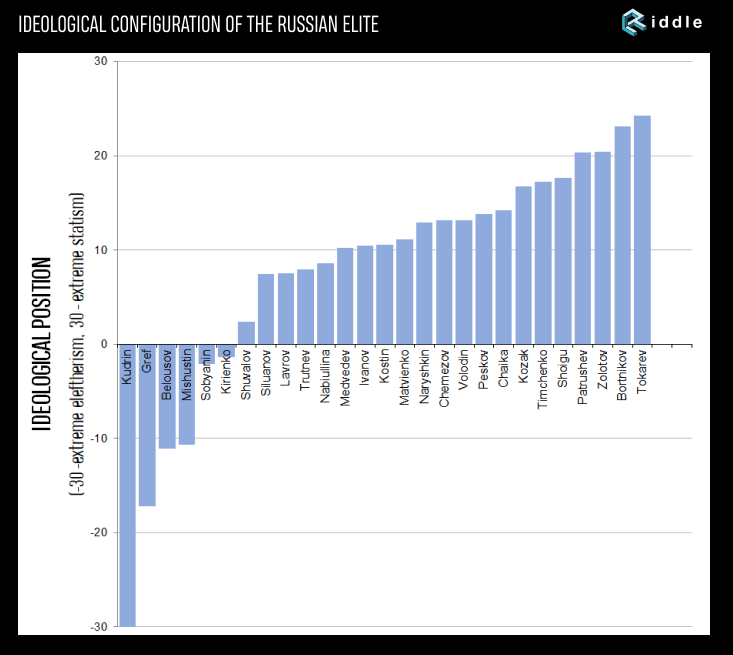
Interestingly, the cohort of hard-line statists is relatively narrow, mainly limited to the current and former heads of the law enforcement agencies, such as the FSB (Alexandr Bortnikov and Nikolai Patrushev) or the National Guard of Russia (Viktor Zolotov). Also included in this group is Transneft CEO Nikolai Tokarev: although not a law enforcement official at present, he is a retired KGB officer.
The next cohort of speakers includes moderate statists. It consists of the slightly more eleftherism-minded ‘oligarchs’ among Vladimir Putin’s friends: Gennady Timchenko and Sergei Chemezov, and the slightly less statehood-minded siloviki, such as former Prosecutor General Yuri Chaika and Sergei Naryshkin, head of the Foreign Intelligence Service. This group also includes the current speakers of both houses of the Russian parliament, i.e. Valentina Matviyenko and Vyacheslav Volodin. Along them, we will find Defence Minister Sergei Shoigu. In general, Shoigu is more likely to be classified as a technocrat rather than a silovik, but due to his current position he turned out to be among the later group in the current configuration of the Russian elite.
It is also particularly interesting to note the positions taken by Sergei Ivanov and Dmitry Medvedev, as they are both placed in the cohort of moderate statists, almost exactly on the border between soft and moderate statism. This position taken by Ivanov and Medvedev is significant in the light of the fact that both are said to have aspired to become Vladimir Putin’s successors in 2008. First, it becomes clear that they are close to each other in terms of their ideological outlook, even though they come from very different backgrounds. Secondly, both epitomise a balance between the two elite cohorts. Ivanov turns out to be the most eleftherist person among the siloviki whereas Medvedev is the most statehood-minded liberal.
Moving closer to the centre of the ideological spectrum, we find a cohort of soft statists. These are mainly people who are sometimes called ‘systemic liberals’ such as Anton Siluanov, Elvira Nabiullina and Igor Shuvalov. Moreover, this cohort also includes Deputy Prime Minister Yuri Trutnev and Foreign Minister Sergei Lavrov. Further on, the eleftherist part of the spectrum contains a small cohort of soft eleftherists with the Mayor of Moscow Sergei Sobyanin and First Deputy Chief of Staff of the Presidential Administration Sergei Kiriyenko.
They are followed by a cohort of moderate eleftherists, which is particularly notable in that Prime Minister Mikhail Mishustin and Deputy Prime Minister Andrei Belousov are the only active government officials in this group. It is quite unexpected to see these two key ‘political technocrats’ being, sort of, ‘isolated’ in this cohort, rather disconnected from the rest of high-ranking bureaucrats. Another person among moderate eleftherists is Herman Gref, the head of Sberbank, who actually turns out to be closer not to Mishustin and Belousov, but to Alexei Kudrin — the only hard eleftherist.
Overall, an analysis of statements made by members of the Russian elite shows that while their rhetoric remains predominantly statist, the ideological positions taken by various key figures remain fairly diverse. Even those who are rather close to statism in general are mostly soft or moderate rather than hard-line statists. Moreover, the current Russian Prime Minister does not appear to be a statist at all but, rather, a moderate eleftherist.
We can also trace a fairly noticeable division between eleftherism-oriented ‘liberals’, such as Alexei Kudrin, Herman Gref or Elvira Nabiullina, and more statism-oriented siloviki, such as Alexandr Bortnikov or Sergei Naryshkin. Importantly, however, these groups are far from monolithic. Moreover, we can notice a considerable ‘grey zone’ consisting of moderate statists, which lies between a small faction of hard-line statists connected to law enforcement agencies and the more eleftherism-minded ‘liberal-technocrats’.
From shades of grey to black-and-white discords?
The mere existence of ideological shades among the Russian elite certainly does not provide evidence of any schism among the elites, not to mention open confrontation. However, the mapping of ideological cohorts within the elites provides a better idea of potential patterns of such splits in case they do occur.
We can imagine at least four such scenarios. The first one is the zero option, which assumes that the ideological diversity of the elites will not morph into open confrontation and that things will largely remain unchanged. The other three options presume different types of deviation from this baseline state of affairs.
The ‘statism purge’ scenario would mean that the cohort of hard-line statists will grow and get stronger and confront people representing more moderate positions. In reality, this will mean, for instance, that the hunt for ‘traitors’ and ‘foreign agents’ will have a wider base. The hunt will focus not only on oppositionists, journalists and civil activists, but also on the ruling elite itself.
In another scenario, which can be labelled as ‘eleftherist withdrawal’, the less statism-oriented part of the Russian elite will either leave the country or, at the very least, cease to be a visible part of the ruling class. This scenario has already begun to materialise in some way when Anatoly Chubais left Russia. The question is, however, about the ultimate scale of such self-exclusion (or, to use the Russian president’s vocabulary, ‘self-cleansing’). Are we going to witness the self-withdrawal self-exclusion not only among eleftherists, but also among moderate statists? (By the way, this scenario could just as well be combined with elements of a ‘statism purge’).
And, finally, the last scenario is that of ‘polarised confrontation’. It would involve a transition to an open confrontation between elite groups, accompanied by their radicalisation. Above all, radicalisation is likely to affect the current moderate statists. As a result, some of them will move closer to the eleftherist part of the spectrum while others will join the hard-line statists.
Which of these scenarios is going to materialise? This will depend on the duration of the acute military confrontation in Ukraine, its ending and the impact of sanctions on the Kremlin’s capabilities. Under the current catastrophic circumstances, the Kremlin may well lack the resources even to restore a semblance of a consensus within the elites, all the more so that such a consensus has never existed at the ideological level.
